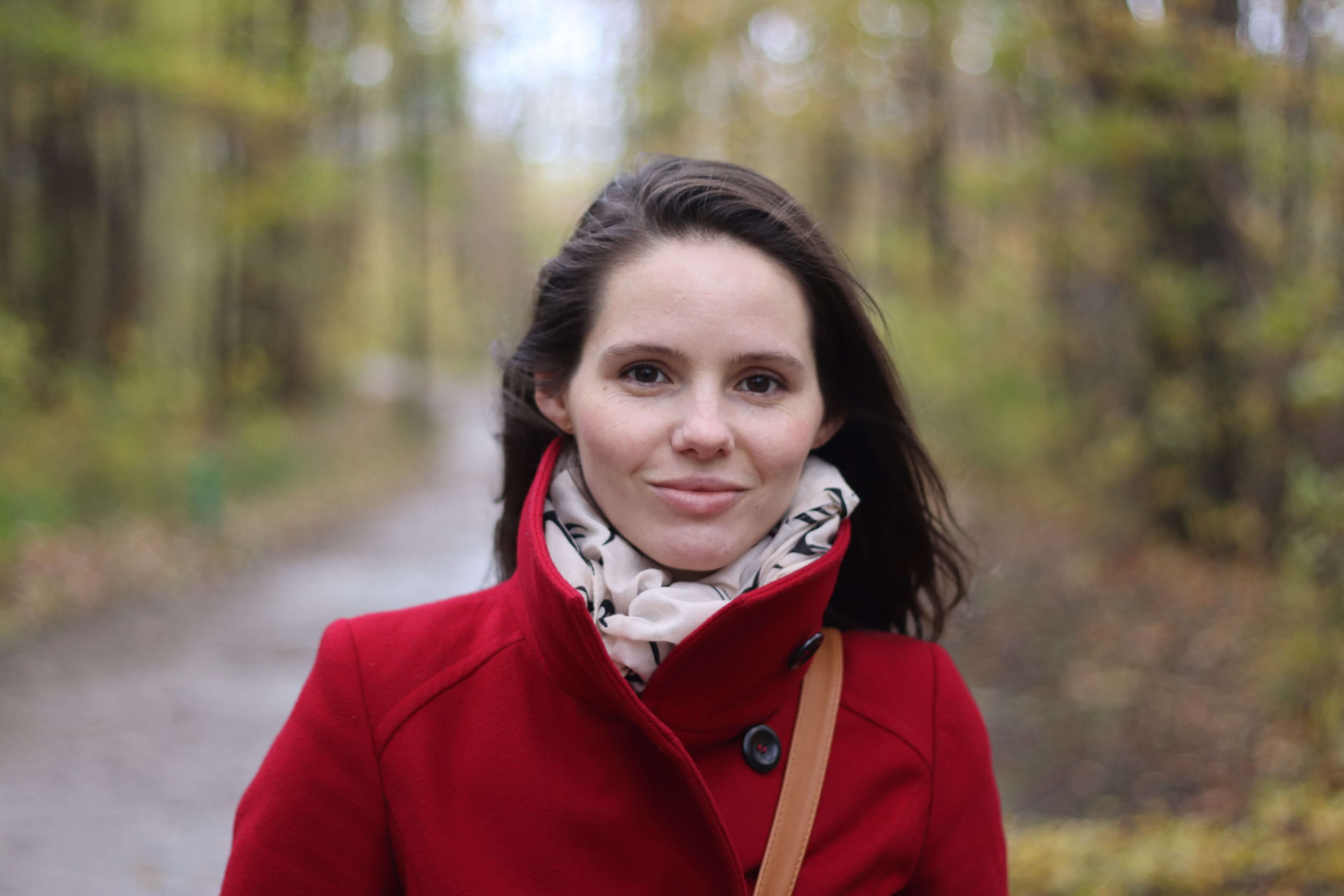Using RWE to Leverage Diversity in Clinical Trials

DATE
February 07, 2024
AUTHOR
Catherine | Associate Director Marketing
Introduction
Although clinical trials are aimed at studying treatments for the population as a whole, their findings are often based on data from the small percentage of patients that actually participate. What does this mean for diversity in clinical trials?
The participating group is is typically a very homogeneous one: Most participants tend to be white males. Unfortunately, this means that women, children, elderly people or those of other ethnic origins or socioeconomic backgrounds suffering from the same disease are not adequately represented.
But representation matters because different subgroups may experience the same disease very differently. Potential risks and (Serious) Adverse Events, (S)AEs, which are more common in these subpopulations, won’t normally be studied. The result is health disparity.
This blog post will focus on how Real-World Evidence (RWE) can help trial sponsors to foster more diversity in clinical trials. We will discuss:
- The key factors resulting in diverse patient subgroups
- How RWE can help to create more diversity in clinical trials
- The types of RWE studies best suited to overcoming a lack of diversity
- Limitations of RWE in this respect
Which factors create diverse patient subgroups?
Some of the main factors impacting the risk of developing an illness, experiencing a specific health outcome and responding to treatment include:
- Age
- Biological sex
- Pregnancy status
- Life experiences (negative and positive)
- Unhealthy behaviors vs. health-promoting habits
- Environmental conditions
- Genetics
- Comorbidities
Underrepresented populations often live in underserved communities and may have comorbidities or certain habits which lead to these (S)AEs. A lack of regular access to quality care increases their need for emergency care.
Socioeconomic status is another difficult issue because patients may hesitate to report financial problems, which more often than not correlate with non-white, female and/or elderly patients.
Therefore, trial teams may end up only recruiting patients who they think will meet the narrow study criteria and have the interest, understanding and funds to actually join a clinical trial. This results in under-representative samples in most of today’s clinical trials.
How can RWE help to create more diversity in clinical trials?
RWE is a great supplement to Randomized Clinical Trials (RCTs) data because it involves real patients in real-world settings who are truly receiving a given treatment without the strict inclusion and exclusion criteria of an RCT.
RWE can solve a lack of diversity by providing supplementary evidence when diversity is an issue. It can also provide means to improve the diversity in Real-World Data (RWD).
In general, RWD is much more representative of the target population for medical treatments. Generating evidence from this data can help overcome limitations of standard clinical trials and understand how well or how badly treatments are working in real life. It can help understand the safety and adverse events more clearly.
Once the rare and adverse events – which were perhaps not identified in RCTs – are clear, HCPs can plan to prevent them from reocurring. This reduces ER visits, hospitalization and overall healthcare costs.
Based on holistic Real-World Evidence, study teams can also better understand if a treatment is any different across racial ethnic groups, gender, age groups and other sub populations. A deeper understanding of this treatment heterogeneity creates opportunities for research and hypothesis generation. Ultimately, this will pave the way for more innovation in healthcare.
RWE can also be used to find study sites that have more diverse populations. This is especially important in rare disease areas and can improve overall patient recruitment. Studies show that people included in RWD studies tend to be older and more ethnically and racially diverse than those in an RCT.
Virtual fireside chat with Boehringer Ingelheim – Think Global, Act Local: Best Practices for Holistic Real-World Evidence
In one of our past webinars, we discussed various topics together with Paul Petraro from Boehringer Ingelheim, including:
- How to strategically think about RWE generation globally and locally
- How to generate evidence in a holistic way
- Best Practices in the field of RWE from Boehringer Ingelheim

Which types of RWE studies are best suited to overcoming a lack of diversity in clinical trials?
On the one hand, comparative effectiveness research (CER) helps evaluate the clinical efficacy of approved treatments with the aim of determining whether one works better for particular patient subgroups. These kinds of studies are crucial in crowded therapeutic areas, where there may be a wide range of approved treatment alternatives for a given disease.
On the other hand, subgroup analytics seek to create novel clinical and safety insights that can guide clinical care, as well as to determine how a particular therapy works inside a particular patient subgroup. These studies focus on knowledge gaps in specific patient subgroups.
When applied in the right way, RWE can influence important care decisions and should be upheld to the same expectation of rigor as RCTs.
Limitations
The main limitation of RWE is that we are not able to randomly assign different patients to different treatment arms. Therefore, it is harder to isolate the actual treatment effect. In an RWE setting, there are many factors that could be impacting the treatment effect and it’s difficult to pinpoint specific causes.
The future of creating more diversity in clinical trials will be highly dependent on RWE. In addition to using RWE to identify the right sites and patients, placing trials in real-world settings also helps with recruitment and retention.
Because populations are getting smaller and they’re harder to find, the concept of Decentralized Clinical Trials (DCTs) can also make sense from both the patient’s and the drug manufacturer’s perspective.
With the improvement of the type of RWD that is collected, and with better tools for collection and analysis, the RWD that can be collected alongside RCT data will have more and more meaning.
Conclusion
While RCTs are still the gold standard because they can assign patients randomly to different control arms and allows us to isolate treatment effects, RWE can be a powerful supplement, as it allows us to see how well the treatment is working in the real world with patients of all kinds, especially those who are diverse and which are needed in RCTs.
In the long run, underrepresentation of specific patient populations in trials harms not just the patients who are underrepresented, but all of us. Diversity in clinical trials means diversity in all aspects – be it race, ethnicity, gender, age, social-economic status, health status and all other factors that may affect a health outcome.
Want to learn more about integrating RWE solutions for creating more patient diversity in your next clinical trial? Drop us a line or schedule a quick demo with us.






